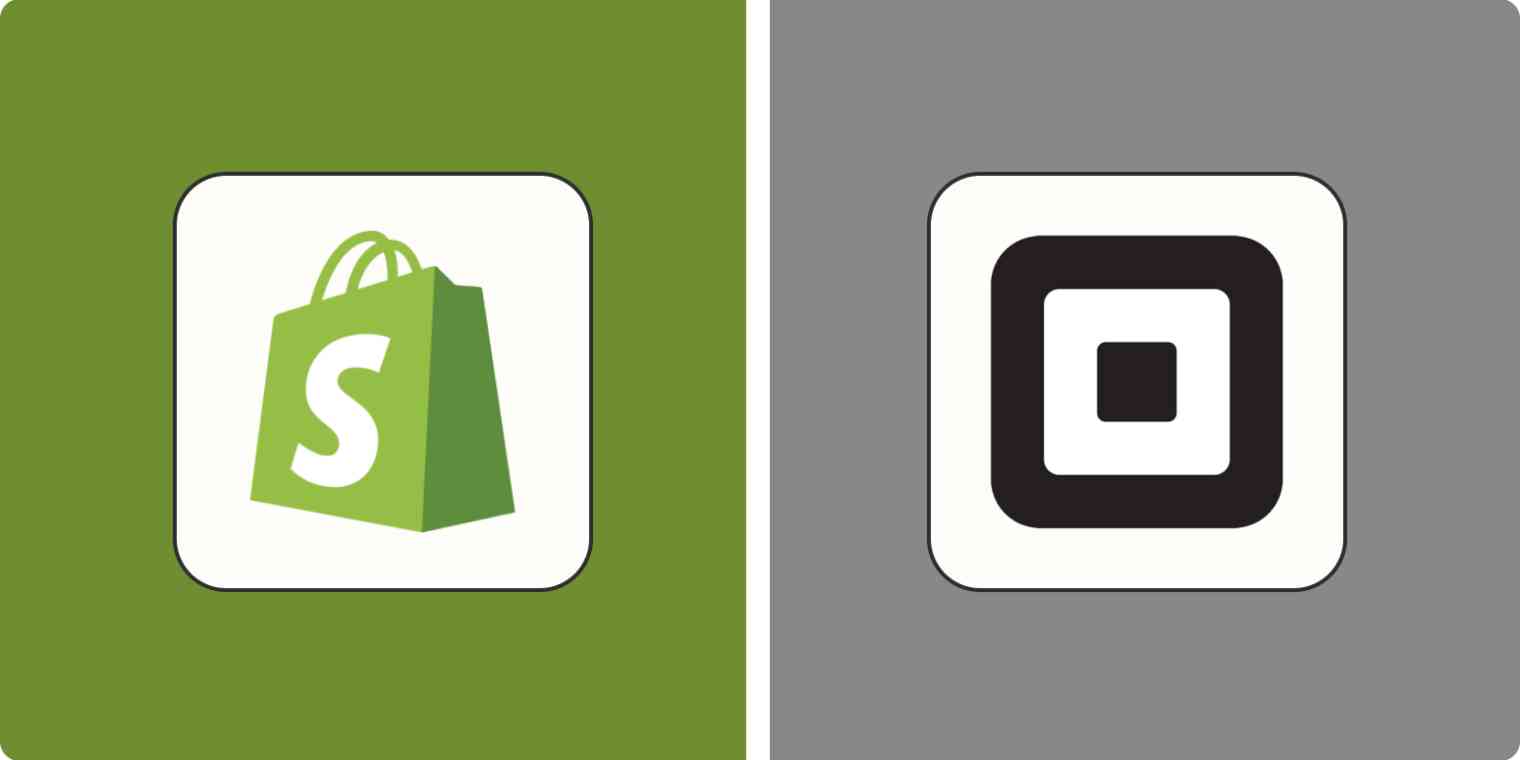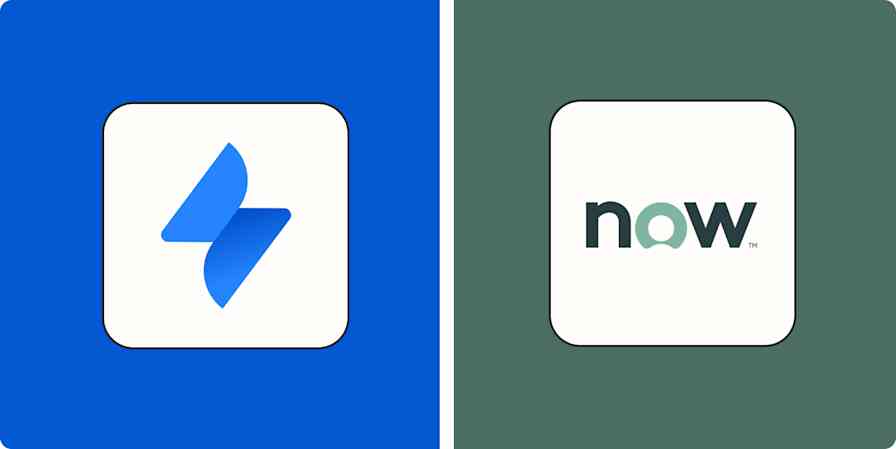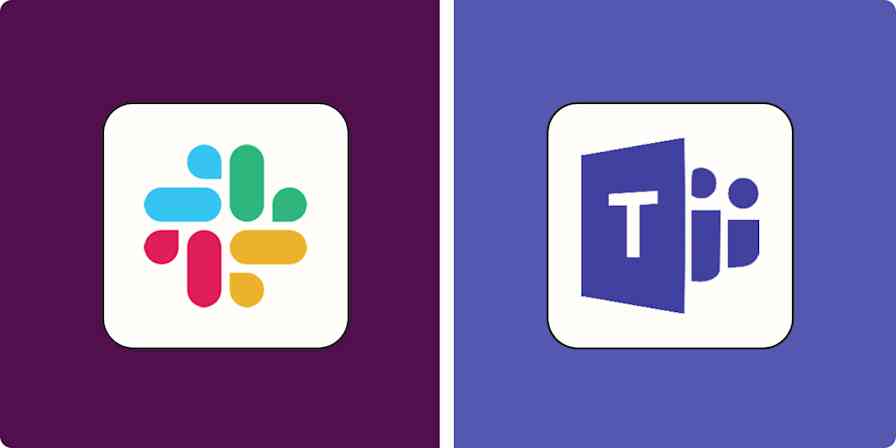As much as I'd like to be able to get a haircut virtually without needing to go into a barber shop (and suffer through 40 minutes of small talk), that's not exactly viable. Every business has its own ideal format—some operate best totally online, while others prefer (or require) some in-person contact.
Shopify and Square are two popular merchant solutions that offer sales, marketing, and analytics tools for business owners. While similar, each has unique features that allow it to best serve different types of businesses. I created a made-up company with both platforms and explored their features to uncover where each one shines. Here's how they stack up.
Shopify vs. Square at a glance
Shopify and Square both come equipped with must-have merchant features, including customer and inventory management and analytics, marketing options, point-of-sale (POS) systems, the ability to build an eCommerce website, and more. But each platform is best fit for different purposes—here's a quick rundown:
If you're a small business (especially in retail or in the restaurant industry) that primarily sells in-person via a brick-and-mortar store or pop-up shops, Square is the merchant platform to beat, due to its simplicity, advanced POS hardware, and specialized POS systems for specific types of businesses.
If you're a larger business that primarily sells online (especially if you sell to a widespread international market), Shopify wins out over Square due to its advanced inventory and shipping capabilities, powerful website-building features, and extensive set of integrations.
| Shopify | Square |
|---|---|---|
Analytics and reporting | ⭐⭐⭐⭐ Limited unless you upgrade to a $105/month subscription | ⭐⭐⭐⭐ Available, but very limited unless you use an industry-specific POS package |
Customer management | ⭐⭐⭐⭐⭐ Can create customer profiles, group customers by habits and demographics, and more | ⭐⭐⭐⭐ Can create customer profiles, set up a loyalty program (for a fee), search customer information, and more |
Marketing | ⭐⭐⭐⭐⭐ Can send marketing emails to customers; offer coupons, discounts, and gift cards | ⭐⭐⭐⭐ Can view customer insights and have customers subscribe to email newsletters; advanced marketing tools available with added $15/month Square Marketing subscription |
Cost | ⭐⭐⭐ No free options to use features, and prices are pretty steep for the features you get Starter: $5/month Basic: $39/month Shopify: $105/month Advanced: $399/month | ⭐⭐⭐⭐⭐ Free access to standard features and a free eCommerce website; upgrades available Plus: $29/month Premium: Custom Square for Retail Plus and Square for Restaurants: $60/month |
Commitment | ⭐⭐⭐⭐ Contract length varies; month-to-month with optional longer-term options | ⭐⭐⭐⭐⭐ No contract required |
POS features | ⭐⭐⭐ Cannot process payments while offline; a decent selection of POS system setups available | ⭐⭐⭐⭐⭐ Can process payments while offline; extensive card readers and POS system setups; Tap to Pay feature |
eCommerce features | ⭐⭐⭐⭐⭐ Advanced inventory and shipping features in Basic plan; accepts 136 currencies; highly customizable website | ⭐⭐⭐ Advanced inventory and shipping features available with upgrade to Square for Retail; accepts 8 currencies; pretty inflexible and simple website |
Integrations | ⭐⭐⭐⭐⭐ Has 2,000+ app integrations; integrates with Zapier | ⭐⭐⭐⭐ Has nearly 200 app integrations; integrates with Zapier |
Support | ⭐⭐⭐⭐⭐ 24/7 phone and chat support; email, social media, and forum support | ⭐⭐⭐⭐ Phone and chat support during business hours; email, social media, and extensive forum support |
Shopify is better equipped to serve large eCommerce businesses; Square is more convenient for the brick-and-mortar format
A mom-and-pop shop selling blueberry waffles can have the ambition to become the next Amazon one day, but for the time being, it should opt for a tool that meets it where it's at.
POS features
Square's advanced POS features make it a solid option for smaller shops that exclusively rely on in-person sales. For example, it has specialized POS systems for various formats, including restaurants (with options for both full and quick service) and retail.

Square's hardware selection is also more robust than Shopify's. It offers five different types of card readers and recently came out with a "Tap to Pay" option with no reader needed for iPhones. Overall, you get a lot of autonomy over your POS setup. Plus, you don't have to enter into any long-term contract with Square, making it a great option for small businesses exploring their POS options and hesitant to settle on one.
Web features
While Shopify doesn't have quite as many POS hardware or software options, its eCommerce features trump Square's. It offers over 100 premade website themes and allows you to customize them as you see fit. While many of these cost money to use, the platform's customization options make it possible to hire a designer and put together a professional, custom-built site.
Meanwhile, Square's 22 styles are all formatted the same—they only mix up the fonts and colors—and its customization options are lacking.
Shopify also has a built-in blog that makes it easy to publish content. It even has some SEO-friendly features, like meta title and URL modification, to help your content rank in search engines. With a click of a button, you can also see and customize each post's code to add your own custom HTML and CSS.
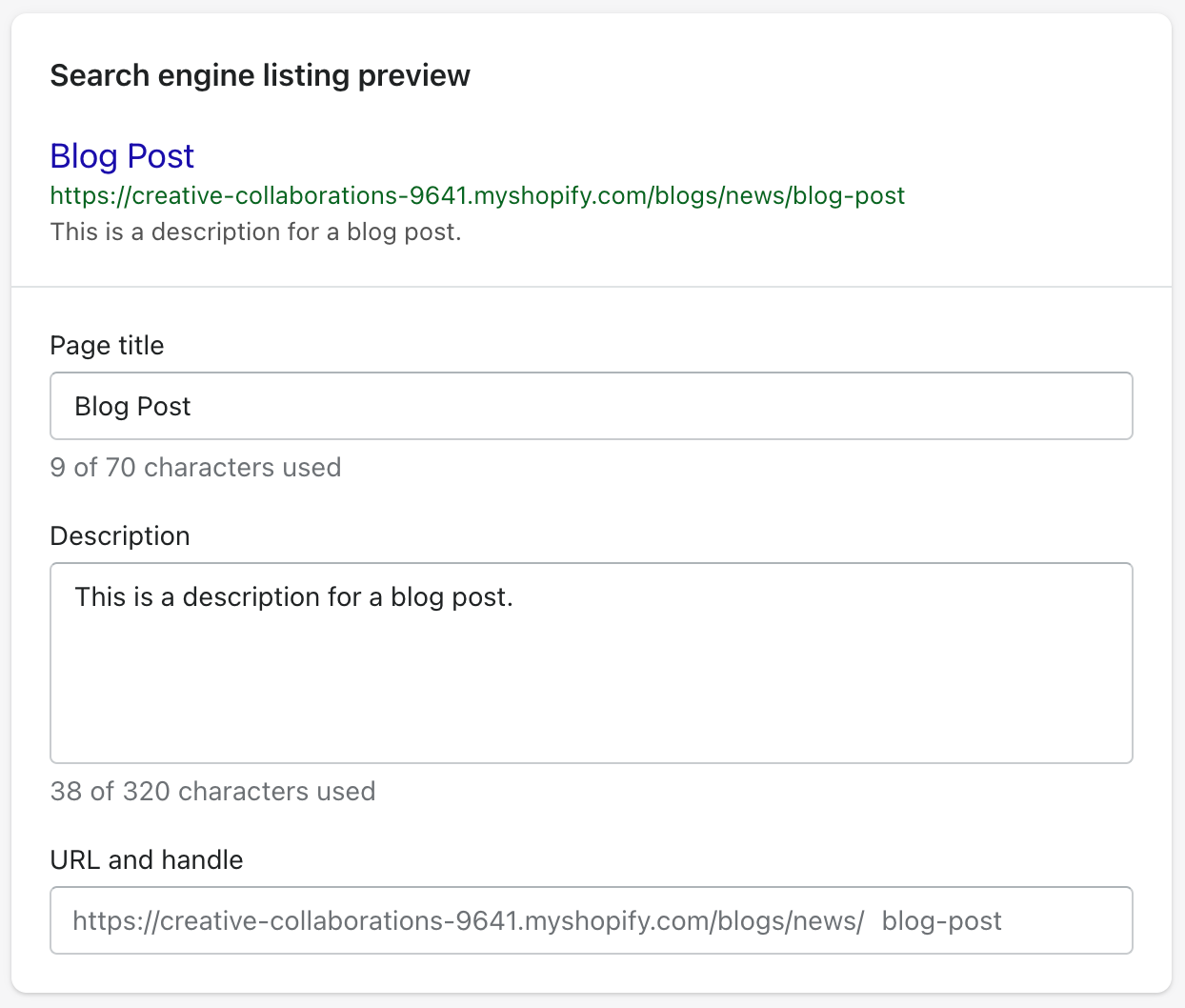
Square Online has a feature called "Stories" that mimics a blog, but it doesn't offer nearly the same degree of customization as Shopify. For businesses with an SEO strategy that want to publish attention-grabbing content on a well-branded blog, Shopify wins out over Square.
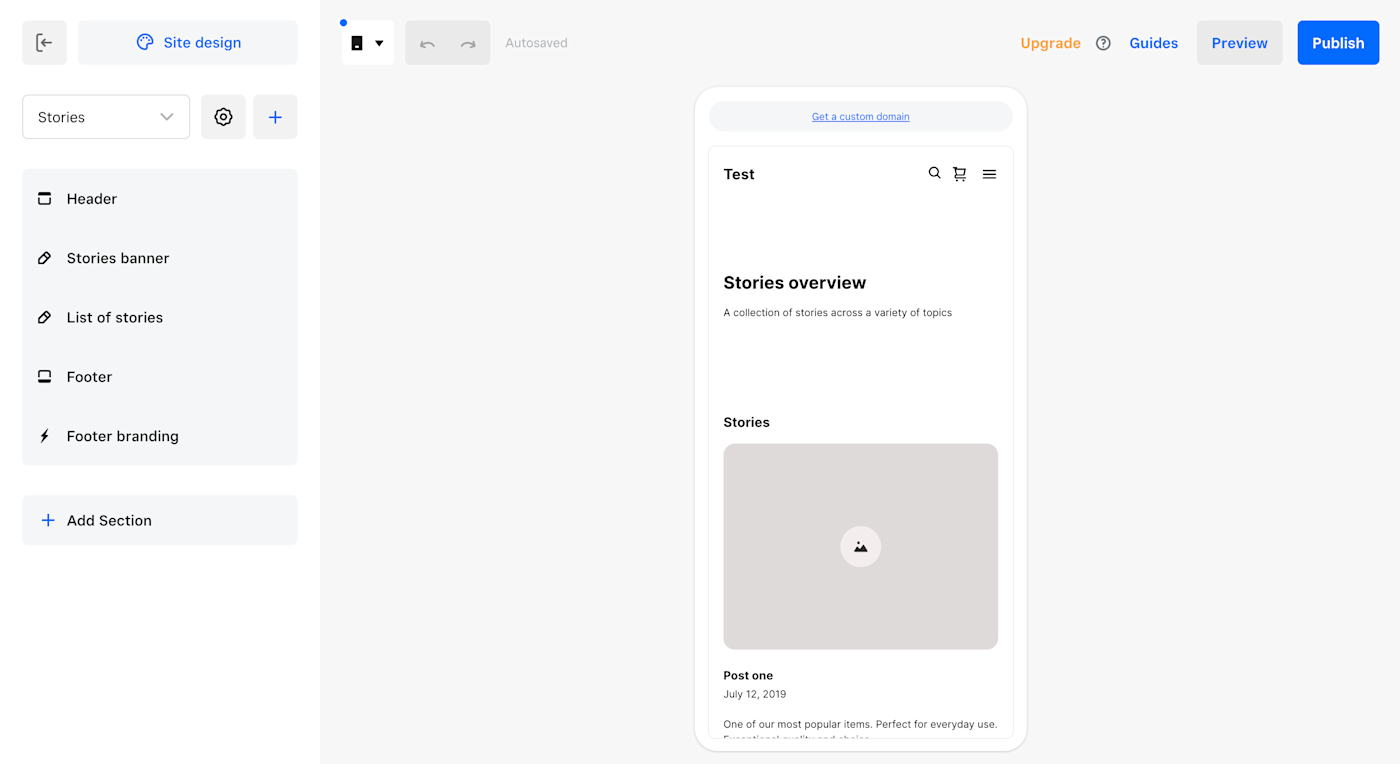
Of course, since you can't exactly sell fresh waffles online (and probably aren't reading much waffle literature on the internet), the mom-and-pop shop would likely benefit from using Square's restaurant POS rather than Shopify.
Payroll features
Square and Shopify offer different ways to handle payroll. Square has its own payroll system offered as an add-on, which makes sense for in-person businesses that are more likely to have employees. You pay $35 per month plus $6 for each person on your payroll. If you're only paying contractors, you just have to pay $6 per person.
Shopify doesn't have its own payroll system, but you can connect it to third-party payroll services like Gusto or EasyTeam POS Staff Management, available on the Shopify App Store. This is useful if you want more flexibility to choose a payroll service that fits your needs or budget.
Loyalty program features
Once again, for loyalty programs, Square offers an add-on where Shopify doesn't. It makes sense, I think, given Square's focus on in-person shopping, where loyalty programs tend to be more popular.
With Square's loyalty program, you can choose what kind of reward your customers earn (e.g., points, stars, etc.), how they earn those rewards (e.g., amount spent, number of visits, etc.), what the program's guidelines are (e.g., every $1 a customer spends = 1 point), and when or if the points expire. And you can do this customization for up to 15 possible rewards customers can earn. Square even provides detailed analytics, like total loyalty customers, top loyalty customers, and average spend/visits from loyal vs. non-loyal customers.

Shopify takes a different approach by requiring third-party integrations through their app store for loyalty programs. This offers more flexibility but potentially requires more setup and customization.
Square is cheaper for basic users, but Shopify has more flexible plans
If you're a small business owner, pricing matters. It might even be the most important factor in your merchant solution decision. Square lets you through the door without asking for a penny—I was able to create an account, access nearly every essential feature (including order management and marketing), and even create my own eCommerce website for no starting or monthly fee.
The only major feature that required an upgrade to Square's $18/month Plus plan was site statistics and reporting. (With the free plan, you can only see sales-related reporting.) Of course, if I were a restaurant or retail business with an almost entirely in-person customer base, I doubt I'd need to rely on website analytics for any essential business operations.

Shopify, on the other hand, charges a monthly fee to access any of its features. The Starter plan starts at $5 per month and only allows you to sell on social media and over messaging apps. But if you upgrade to the Basic plan at $39 per month, you get a website, shipping capabilities, payment processing, and additional tools.
That's a big jump to get the features you'd probably need for your business. But if you're a larger business, this might not factor into your decision as much.
Shopify takes the lead in AI features
When it comes to AI features, Shopify is winning the race—for now. Shopify's generative AI-powered tool, Shopify Magic, can generate almost everything you could need, including product descriptions, email subject lines, headings, and responses to customer questions. It can even translate copy into different languages, all for free.
You can easily access this feature by clicking on the little sparkle "magic" button next to eligible areas. I used it to generate a product description and was pleased with the process: I could choose from different tone options or create a custom tone with my own adjectives and custom directions.
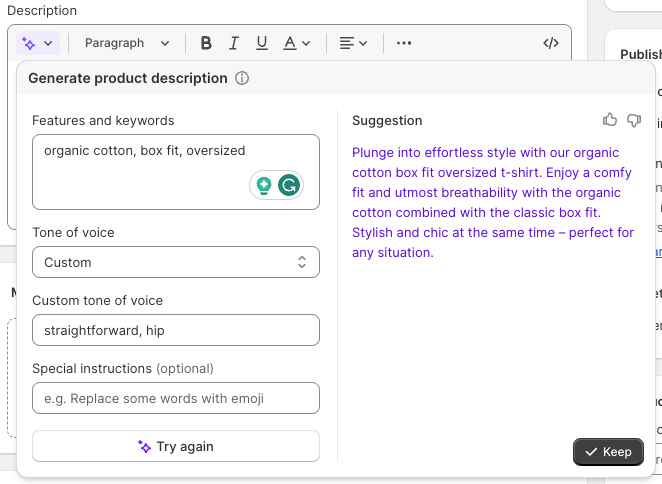
Shopify also recently introduced Sidekick, an AI-enabled commerce assistant capable of providing personalized and relevant support by handling tasks like inventory updates or suggesting content ideas. This feature is still in beta and only available to users who are approved through an application (not me yet).
In contrast, Square is only starting to catch up with these features. Right now, AI integration in Square Messages (a texting feature) will give you suggestions for replies or one-click actions you can approve, like sending a link or invoice to a customer. The feature works, but it's pretty limited. There's no way to generate additional options or get it to try again like other conversational AI tools.

Square apparently has plans to roll out 30+ AI features, but the details of those features haven't been shared yet.
All in all, if you value AI features to speed up some of the more tedious tasks of your business (ahem, product descriptions), Shopify is where it's at, especially since the additional capabilities come at no extra cost. Square might catch up in the next year, but we'll have to wait and see.
Shopify is more powerful, but Square is easier to onboard
While the saying "you get what you pay for" holds mostly true for these two merchant solutions, Square is the clear winner for businesses that need the bare minimum, while Shopify has you covered if you're looking for advanced features.
Inventory and shipping features
Shopify has more advanced inventory and shipping tools. You can print barcodes, check stock levels, and more with Shopify's Basic plan, while these advanced features are only available with an upgrade to Square's $60-per-month Retail plan.
International features
Shopify also has a much more prominent international focus. In fact, it sells in 136 currencies, towering over Square's eight options. It also automatically determines taxes based on the customer's location, while Square handles taxes manually.
Integrations
Both Shopify and Square offer extensive integrations and full-on app marketplaces, but Shopify offers significantly more apps at over 2,000 (as opposed to Square's nearly 200).

You can expect both to have the most popular apps, but Shopify's selection will have you experimenting with what's possible. On Shopify's app store, they even greeted me with a selection of apps recommended for my company—and I can't lie, that extra layer of personalization felt good.
You can also automate both platforms with Zapier: here are some ways to connect Shopify and Square to thousands of other apps.
Zapier is a no-code automation tool that lets you connect your apps into automated workflows, so that every person and every business can move forward at growth speed. Learn more about how it works.
Shopify's expansive features warrant its 24/7 support line, but Square's simplicity makes this less necessary
While neither solution is particularly hard to wrap your head around, if you're looking for something as straightforward and easy as possible, Square's got you covered.
With Square's free plan, I was able to set up a fully functional eCommerce website in a matter of minutes. Compared to Shopify's website editor (which I'd still consider pretty user-friendly), Square's is as simple as it gets. Of course, with simplicity comes limitation—I had very little flexibility with the look and feel of the site.
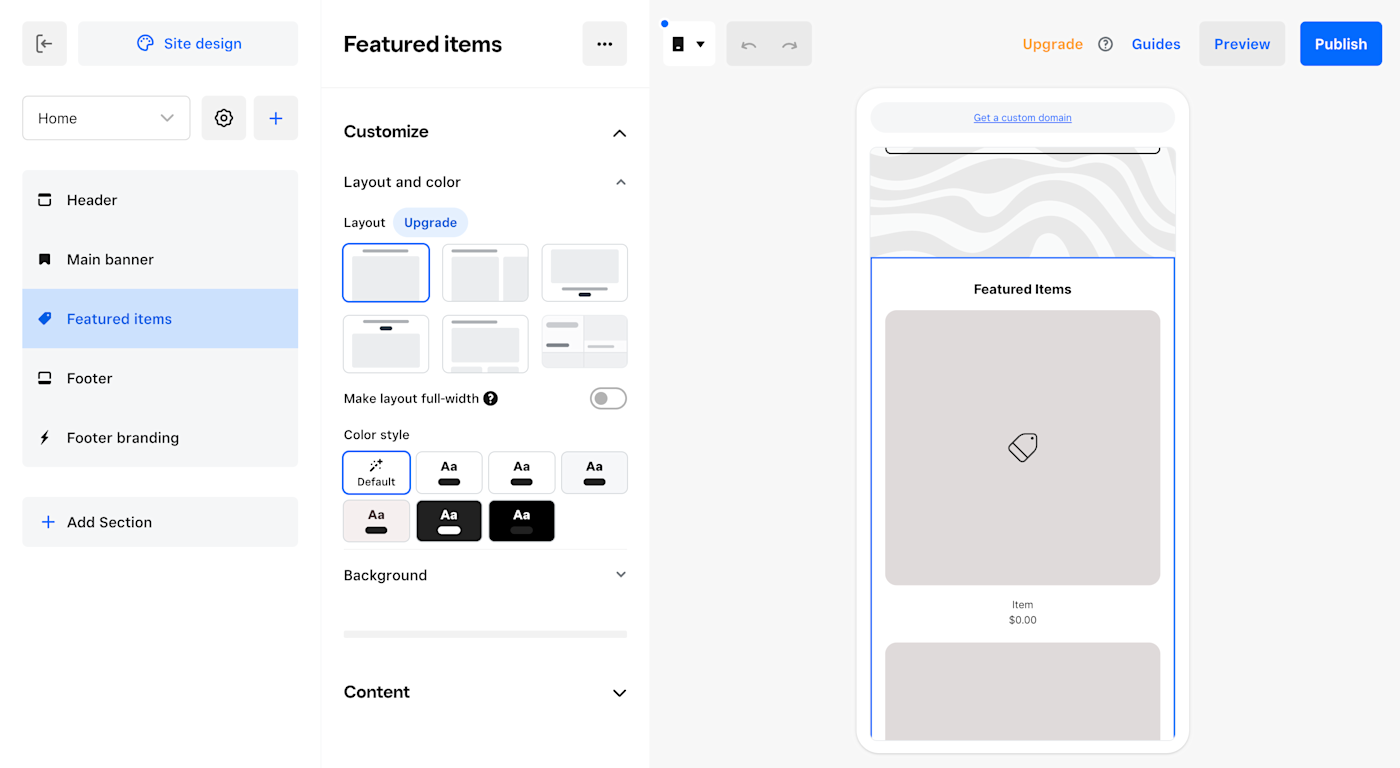
Shopify's website editor, on the other hand, allowed me to create customized page templates, change the sizing and padding of elements, and adjust the site's code to make everything look how I wanted it to. The editor is still a bit blocky, but with enough patience, you can come up with a solution to make it look how you want it to. Plus, you can embed fun features like videos, collages, and buttons.
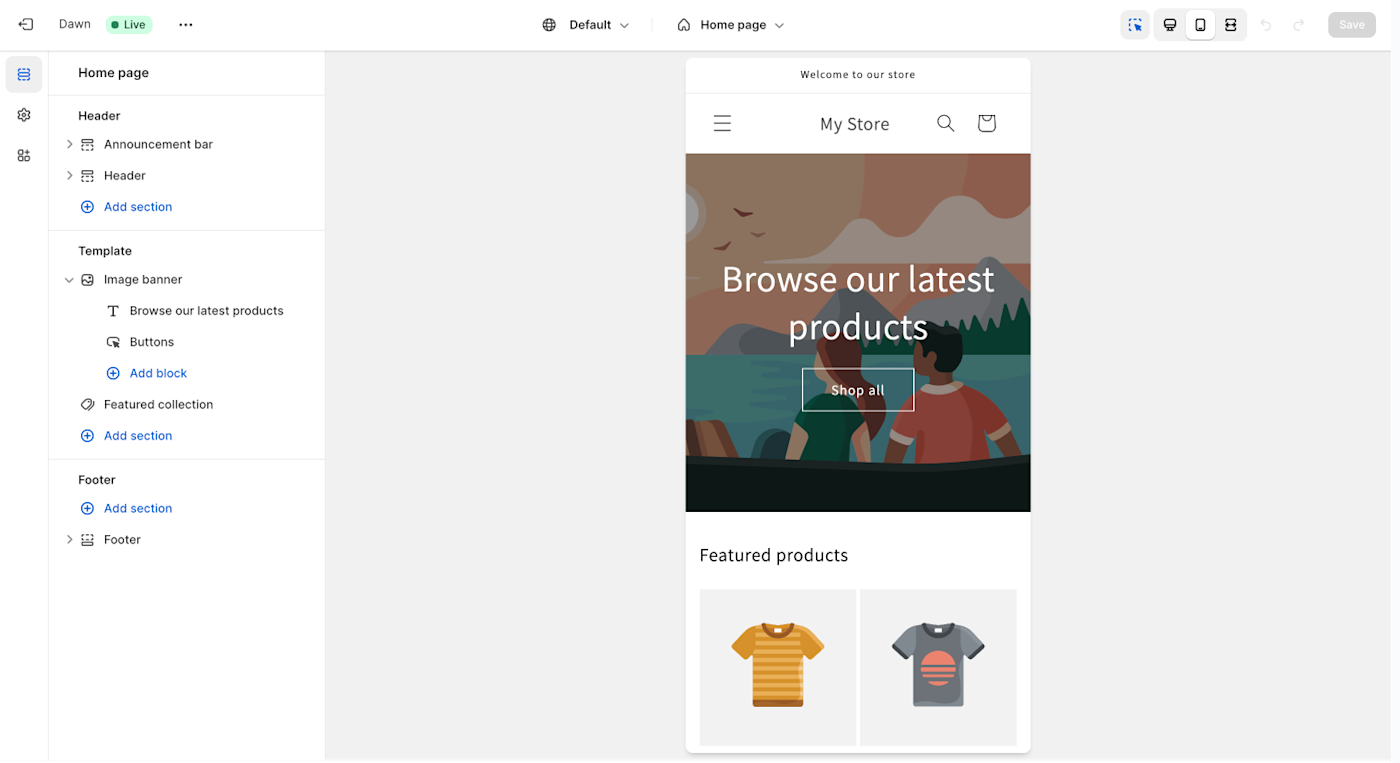
While Shopify boasts a 24/7 phone and chat support line (something Square lacks), this degree of support makes sense for a platform as complex as Shopify. With features like its vast international sales capabilities and overall flexibility compared to Square, it's important to have support available at all times.
That's not to say Square leaves you scrambling in the dark when something goes wrong. It still provides users with phone and live chat support within business hours and a very extensive support center filled with articles for troubleshooting issues.
Common user complaints
But hey, don't just take it from me. I dug through Reddit threads and review forums to find the most frequent user complaints and concerns about Shopify and Square.
For Shopify, users often express frustration with the platform's reliance on third-party apps for many functionalities, which adds complexity and cost to their eCommerce operations. Another common complaint was the inability to set your own URL structures for pages.
For Square, small business owners who just need a simple POS struggle to justify the platform's overall cost. This is largely due to its high processing fees when compared to providers that just offer standalone merchant services.
For example, Square's processing fees range from 2%-3% plus an additional $0.15-$0.30 per transaction, and that's in addition to your monthly subscription cost that gets you all the extra eCommerce website features.
The biggest complaint you'll find flagged for both providers is funding holds. If Shopify or Square think there's been a breach of terms of service of illegal activity, they'll hold funds until the issue is resolved. But don't let this complaint scare you too much. Part of it is just kind of the nature of payment service providers—they make it easy to set up your accounts, but you may run into these issues later on. It's why businesses often choose to switch to dedicated merchant account providers once they grow.
Shopify vs. Square: Which should you choose?
You can't go wrong with Shopify or Square—both have eCommerce and in-store POS features that make it a great fit for a small or medium-sized business. That said, each has its own strengths.
You may lean toward Shopify if you:
Are an eCommerce company first
Want autonomy over the look and feel of your eCommerce website
Often sell internationally
Care about building an SEO strategy
You may gravitate more toward Square if you:
Are a brick-and-mortar company first
Want to quickly and easily set up a functional eCommerce website
Primarily sell your product(s) in the U.S.
Want to limit how much you spend on your merchant solution
Shopify vs. Square FAQ
If you have more questions about these two merchant solutions, congrats—you're human. There's a lot to take in, so here are some answers to a few common questions about Square and Shopify.
Can you use Square with Shopify?
Technically, you can reap the benefits of both apps by using Shopify just for its eCommerce platform while using Square Payments for your POS needs. Square Payments uses its own payment processor, while Shopify Payments relies on third-party payment processing solutions. You can also integrate the two apps with the help of Zapier.
What is cheaper: Square or Shopify?
The cheapest option depends on what features you want. While Square is free for its most basic plan, you can upgrade it to increase its capabilities. For example, Square for Restaurants costs $60 per month, and if you want to add Square Marketing, it starts at an extra $15 per month. That said, Shopify can get much more expensive than Square if you upgrade to Shopify's Advanced plan ($399 per month).
Is Shopify or Square easier to use?
Both platforms are relatively easy to use, but Square is simple at its core. You can build an eCommerce website in no time, and it has a very simple, navigable interface. Plus, you can find an answer to nearly every question you have about Square on its support center.
Your merchant solution is important. After all, you couldn't make money from your customers without one. But ultimately, the Shopify vs. Square debate comes down to what is best for your individual business setup.
Related reading:
